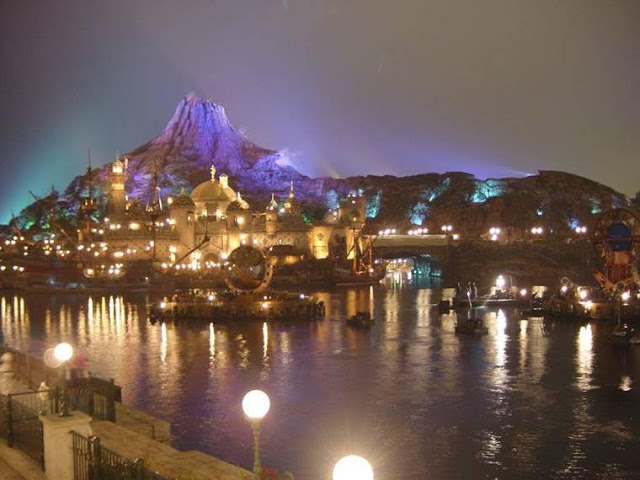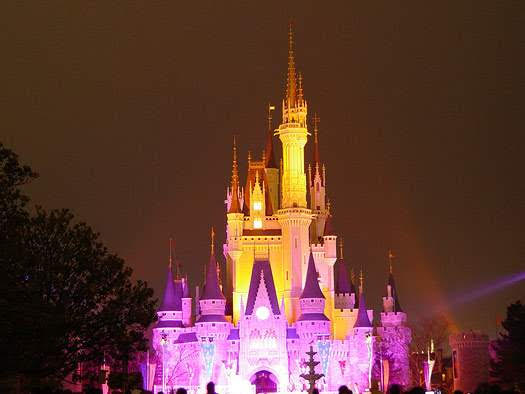1. Kenrokuen, Kanazawa, Japan
In designing their works, Japanese Gardeners seek to create an Ideal Landscape within a particular space. Kenrokuen in Kanazawa is considered to be One of The Finest Examples of Japanese Gardens, built over the course of 200 years starting in the mid-17th century. In fact, it is one of the 3-Great Gardens of Japan, along with Korakuen in Okayama and Kairakuen in Mito.
2. Keukenhof, Lisse, Netherlands
Covering nearly 80 acres, Keukenhof is One of The Largest Flower Gardens in the World. And with all that land comes a lot of bulbs - about 7 million are planted each year for a Spectacular Spring Blossom (The Garden is only open between March and May). You’ll find Plenty of Tulips, which the Country is known for.
3. Nong Nooch Tropical Botanical Garden, Pattaya, Thailand
In 1954 Pisit and Nongnooch Tansacha purchased 600 acres of land on which they planned to build a Fruit Plantation. But they decided to dedicate The Grounds to conservation and in 1980 they opened their Tropical Garden to the Public.
4. Gardens of Versailles, Versailles, France
A list of Top Gardens would not be complete without mentioning The Gardens of the Château of Versailles (Castle of Versailles). Covering nearly 2,000 acres, the current Landscape was designed by Gardener André Le Nôtre, who was commissioned by Louis XIV in 1661. More than 6 Million Visitors Stroll The Gardens each year.
5. Kew Royal Botanic Gardens, Kew, United Kingdom
More than just a Scenic Greenspace, Kew is an Internationally Renowned Research Institution, employing hundreds of Scientists and Researchers. The Gardens are home to more than 40,000 Species of Plants, as well as dozens of Historic Buildings, including the Victorian-era Palm House shown here.
6. Brooklyn Botanic Gardens, New York, New York
It’s not often you find a 52-acre Garden in the heart of a Major Metropolis. But that’s exactly what you’ll find in New York, thanks to the Brooklyn Botanic Garden. This Garden is known for its 200 Cherry Trees, which take center stage during A Month-Long Blossom Festival.
7. Jardin Majorelle, Marrakech, Morocco
French Painter Jacques Marjorelle spent 4-Decades crafting his Beloved Garden around his villa in Marrakech. Noted for the Luminous Blue Paint on its Buildings, Gates, Pots, and More, The Garden was purchased by Yves Saint Laurent and Pierre Bergé in 1980.
8. Kirstenbosch National Botanical Garden, Cape Town, South Africa
Established in 1913, The Grand Kirstenbosch sits on the slopes of Table Mountain and is dedicated to preserving South African Flora. While The Garden comprises nearly 90 acres itself, it is part of a 1,300-acre Nature Reserve.
9. Villa d’Este, Tivoli, Italy
This 16th-Century Villa, whose Main Building is also a Marvel, is home to An Incredible Garden that has 51 Fountains. Considering each runs on Gravity alone, that’s a Pretty Impressive Feat. The Terraced Landscape was the inspiration for many European Gardens to follow.
10. Summer Palace, Beijing, China
A combination of Historic Pavilions, Temples, Bridges and a Hilly Natural Landscape, the Summer Palace was deemed a “Masterpiece of Chinese Landscape Garden design” by UNESCO, which designated it a World Heritage Site in 1998.






















































